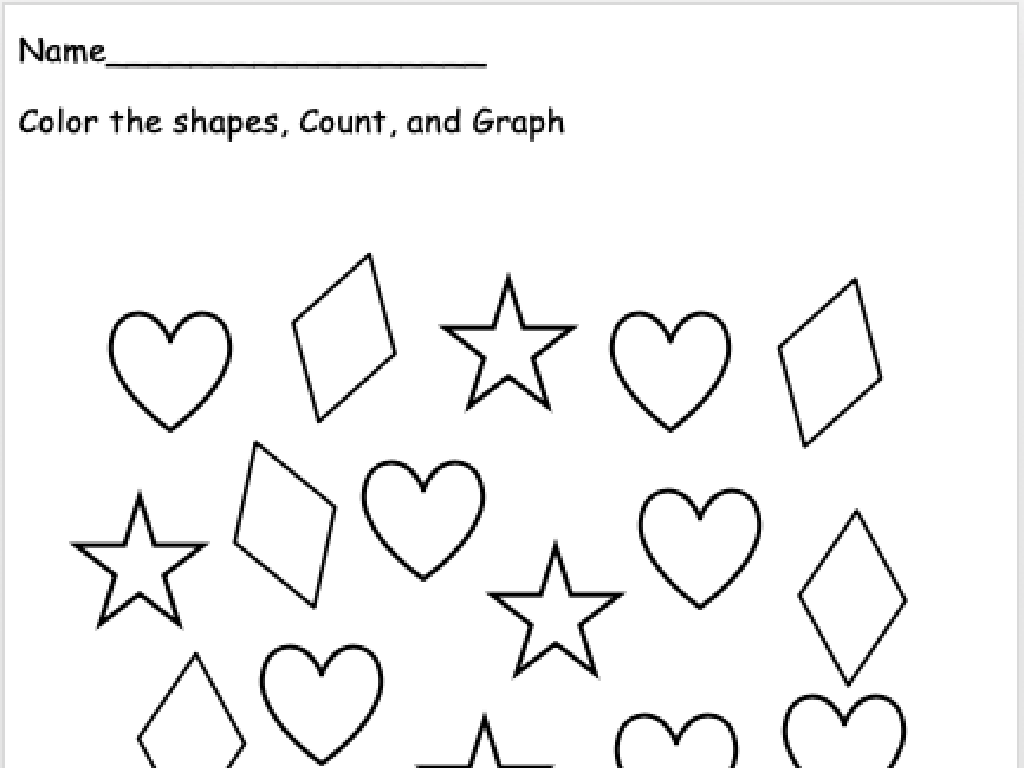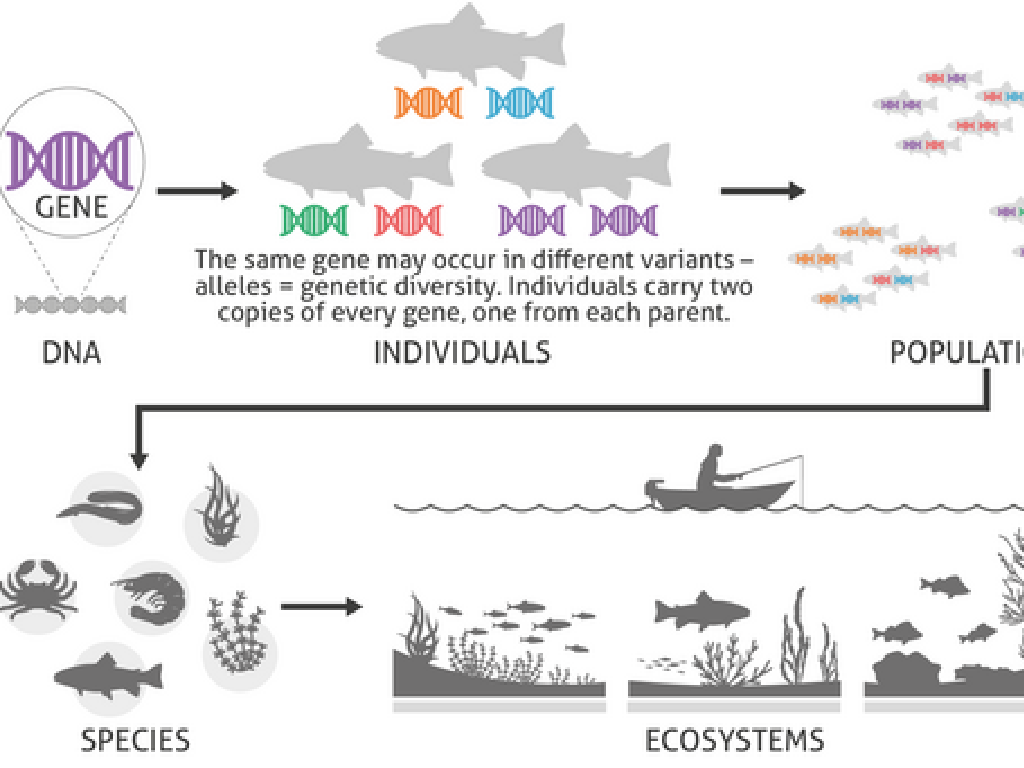Identify And Select Countries Of Europe: Region 1
Subject: Social studies
Grade: Sixth grade
Topic: Europe: Geography
Please LOG IN to download the presentation. Access is available to registered users only.
View More Content
Exploring Europe: Region 1 Geography
– Europe’s diverse geography
– What are ‘regions’?
– ‘Regions’ divide areas with common features
– Exploring Region 1
– We’ll learn about Region 1’s climate, culture, and more
– Key countries in Region 1
– Examples: France, Germany, and the Netherlands
|
This slide introduces students to the geography of Europe, with a specific focus on Region 1. Begin by discussing the physical and cultural geography of Europe as a whole, highlighting its diversity. Explain the concept of ‘regions’ as a way to categorize parts of Europe with similar characteristics. Today’s lesson will concentrate on Region 1, which includes countries like France, Germany, and the Netherlands. Discuss the unique features of this region, such as climate, languages, and cultural practices. Encourage students to think about what makes this region distinct from others in Europe. The goal is to provide a foundational understanding of Europe’s regional divisions and prepare students for a more in-depth study of Region 1.
Exploring Regions in Europe
– What defines a region?
– A region is an area distinguished by unique features.
– Characteristics of regions
– Features include climate, culture, and politics.
– Types of regions
– Climate: Mediterranean; Cultural: Francophone; Political: European Union
– Europe’s diverse regions
– Europe has a variety of regions like Scandinavia and the Balkans.
|
This slide introduces the concept of a region and its significance in geography. A region is defined by characteristics that set it apart from other areas, which can include physical climate, cultural practices, or political boundaries. Examples help students understand the different types of regions: climate regions like the Mediterranean, cultural regions like Francophone countries where French is spoken, and political regions like the European Union. Highlight Europe’s diversity by discussing regions such as Scandinavia, known for its cold climate and unique cultural heritage, and the Balkans, with its complex political history. Encourage students to think about what characteristics might define their own local region.
Exploring Europe: Region 1 Countries
– Identify Region 1 countries
– Countries like France, Germany, and Belgium
– Discuss location and borders
– Where are they on the map? Who are their neighbors?
– Major geographical features
– Mountains, rivers, and climate of Region 1
– Significance of Region 1
|
This slide aims to introduce students to the countries of Europe’s Region 1, which includes nations such as France, Germany, and Belgium. Students should learn to identify these countries on a map and understand their geographical location in relation to neighboring countries. Discuss the natural borders formed by features like rivers and mountains. Highlight the Rhine River, the Alps, and other significant geographical features that characterize the region. Emphasize the importance of these features in the countries’ histories, cultures, and economies. Encourage students to explore these countries’ unique geographical identities and how they contribute to the diversity of Europe as a whole.
Physical Features of Europe: Region 1
– Mountains in Region 1
– The Alps and Pyrenees are prominent mountain ranges.
– Rivers shaping the land
– The Danube and Rhine rivers are crucial for transport and trade.
– Climate and cultural impact
– Mountainous areas have cooler climates, influencing local lifestyles.
– Significance to the countries
– These features are vital for tourism, agriculture, and historical settlements.
|
This slide aims to explore the physical geography of Europe’s Region 1, focusing on mountains, rivers, and their effects on climate and culture. Highlight the Alps and Pyrenees as significant mountain ranges that not only shape the region’s topography but also affect weather patterns and cultural practices. Discuss how major rivers like the Danube and Rhine have been central to the development of civilizations, trade routes, and modern economies. Emphasize the interplay between geography and human activity, and how these physical features continue to be of great importance to the countries within Region 1. Encourage students to think about how living in mountainous or riverine areas might differ from their own experiences.
Cultural Highlights of Europe: Region 1
– Languages in Region 1
– Explore the diversity of languages such as French, German, and Italian.
– Festivals and traditions
– Discover celebrations like Oktoberfest in Germany, and Bastille Day in France.
– Regional cuisine
– Taste unique dishes like Italian pasta, French cheese, and Swiss chocolate.
– Landmarks and history
– Visit the Eiffel Tower in France, Colosseum in Italy, and Neuschwanstein Castle in Germany.
|
This slide aims to give students a colorful glimpse into the rich cultural tapestry of Europe’s Region 1. Highlight the variety of languages spoken across different countries, emphasizing the importance of language as a part of cultural identity. Introduce students to the vibrant festivals and traditions that are celebrated in this region, which can include both country-specific and pan-European events. Discuss the diverse cuisine, encouraging students to think about how geography and history shape regional foods. Lastly, touch on the famous landmarks and historical sites that tell the story of Europe’s past. Encourage students to research more about these cultural aspects and consider how they contribute to the region’s identity.
Economic Overview of Europe: Region 1
– Region 1’s main industries
– Key industries include manufacturing, technology, and services
– Trade and cooperation in Region 1
– Countries work together, boosting trade and economic growth
– Geography’s impact on economy
– Mountains, rivers, and climate shape economic activities
– Agriculture in Region 1
– Farming varies from grains in plains to vineyards in temperate zones
|
This slide provides an overview of the economic landscape in Europe’s Region 1, highlighting the main industries such as manufacturing, technology, and service sectors. Emphasize the importance of trade and economic cooperation between countries in the region, which leads to a stronger and more resilient economy. Discuss how the region’s diverse geography, including its mountains, rivers, and climate, influences the economic activities and opportunities available. Agriculture is also a significant part of the economy, with different areas specializing in various crops due to the geographical features. Encourage students to think about how these factors contribute to the overall economic success of the region.
Map Labeling Activity: Exploring Region 1 of Europe
– Label countries of Region 1
– Mark capitals and major features
– Research and share country facts
– Find facts like language, population, or a famous landmark
– Present findings to the class
|
This class activity is designed to help students familiarize themselves with the geography of Europe, specifically Region 1. Provide each student with a blank map of Europe’s Region 1. Instruct them to label each country, its capital city, and major physical features such as rivers, mountains, or seas. Encourage them to research and note down interesting facts about each country, such as official languages, population size, historical events, or famous landmarks. After completing the map, students will present their findings to the class, enhancing their public speaking skills and reinforcing their knowledge of European geography. Possible variations of the activity could include working in pairs, creating a fact file for each country, or using digital tools to create an interactive map.
Review: Exploring Europe’s Region 1
– Recap of today’s geography lesson
– Discuss key facts about Region 1
– Region 1 includes countries like France, Germany, and Belgium
– Address student questions
– Encourage students to ask questions they may have about the lesson
– Clarify any doubts about the material
– Offer additional explanations or examples if needed
|
This slide is meant to consolidate the knowledge gained in today’s lesson on Europe’s geography, focusing on Region 1. Start by summarizing the main points covered, such as the location, climate, and cultural aspects of Region 1 countries. Engage the class in a discussion to reinforce their understanding and connection with the material. Encourage active participation by asking students to share what they found most interesting about Region 1. Address any questions the students may have, providing further clarification on any points of confusion. This is also an opportunity to assess their comprehension and to correct any misconceptions. The goal is to ensure that students leave the class with a clear understanding of the geography of Europe’s Region 1.
Homework: Explore a European Country
– Research a Region 1 country
– Include geography, culture, economy
– Cover physical features, traditions, and financial systems
– Create a short presentation
– Use slides, posters, or videos for presentation
– Due date: next week
|
This assignment encourages students to independently explore the diverse aspects of a European country within Region 1, which includes countries such as France, Germany, and the Netherlands. Students should look into the country’s physical geography, such as mountains and rivers, cultural elements like language and festivals, and economic factors including main industries and currency. The presentation can be in various formats, allowing creativity. This activity aims to deepen their understanding of European geography and its global connections. Provide resources like atlases, library books, and approved websites for research. Set clear expectations for the presentation length and content, and offer support in organizing their findings.






